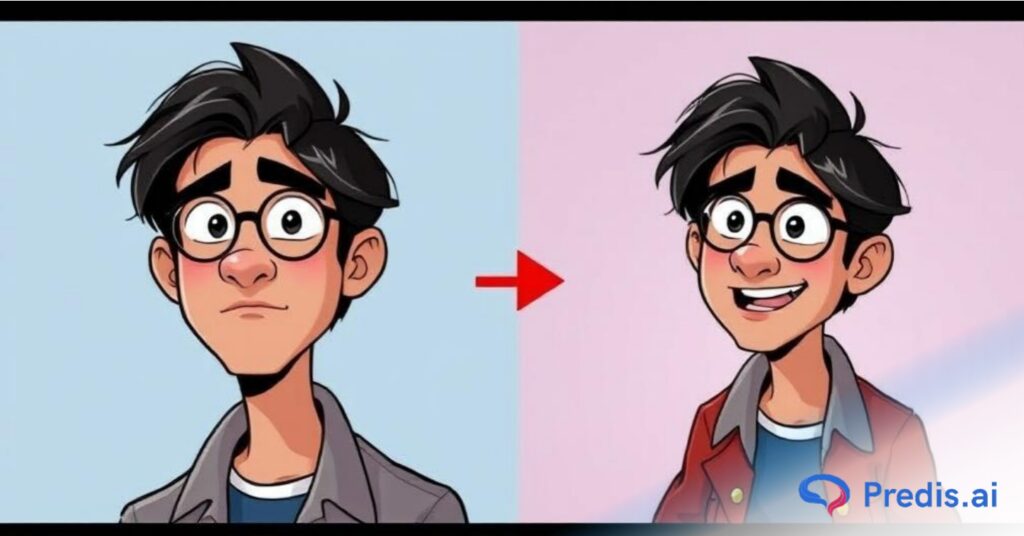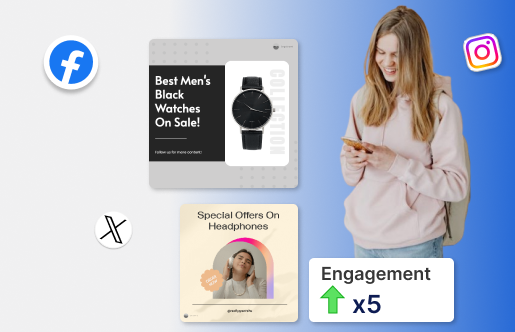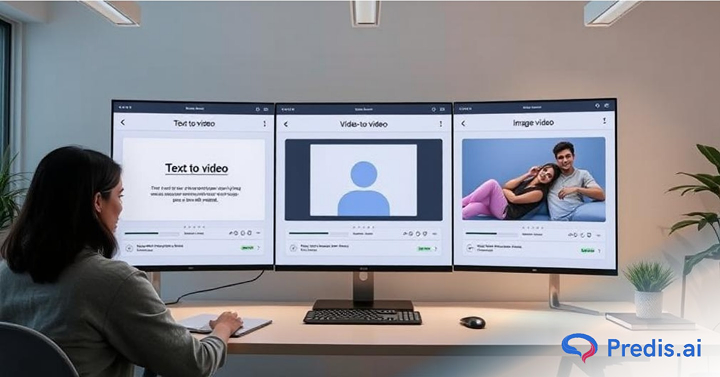AI video technologies are advancing at an unprecedented rate, and content teams are struggling to keep up. When comparing text-to-video, video-to-video, and image-to-video solutions, the most difficult decision is determining which workflow best meets your objectives. With so many tools being released each month, choosing the proper technique becomes critical for saving time and staying ahead.
Teams frequently struggle to know where to begin because each strategy works differently. Text-to-video provides quick ideas. Video-to-video provides greater control. Image-to-video converts still images into videos. Each one has unique strengths, limitations, expenses, and creative opportunities.
This guide will bring you through everything step by step. It explains how each model works, when it makes sense to use it, and allows you to compare the three side by side. By the end, you’ll understand which methodology will help your brand move faster, make better videos, and stand out in a crowded market.
What Text-to-Video Models Do?
Text-to-video models can generate full scenes based only on written prompts. You describe it what you want, it builds it from scratch.
Strengths
- Encourages quick study of ideas
- Helps teams picture ideas without any video.
- Makes up new scenes that might be hard to catch in real life
- Cuts down on processing time
Limitations
- Not as clear outcomes
- Sometimes less realistic
- It’s harder to keep your character or company consistent.
Though video-to-video is also a choice, text-to-video is better when you need to be creative instead of precise.

What Video-to-Video Models Do?
Video-to-video models take an existing clip and transform it. You don’t have to reshoot anything to change the style, improve the movement, or make changes to the scene.
Strengths
- More realistic
- More power over motion and frame
- Simple to keep your brand’s personality
Limitations
- Not so great for lifestyle content, ads, and product demos
- Needs source video More work needs to be done to prepare and edit
In situations where accuracy is important, video-to-video generally wins the text-to-video battle.
What Image-to-Video Models Do?
Image-to-video tools can turn a still picture into a short moving video clip. They’re useful when you don’t need a full story but still want motion to keep people interested.

Strengths
- Great for short videos
- Very good for social media loops
- Great for showing off products and making teasers
- Easy to carry and quick
Limitations
- Mostly short videos
- Limited range of stories
It’s good when you don’t need the imagination of text-to-video or the depth of video-to-video.
Side-by-Side Comparison
| Model Type | What It Does | Best Use Cases | Example Tools (Including Predis.ai) |
| Text-to-Video | Generates full video scenes from written prompts | Concepting, storyboarding, creative testing, quick social clips | Runway, Pika, Predis.ai, OpenAI video models |
| Video-to-Video | Transforms or enhances existing footage | Ads, product demos, realistic clips, brand consistency | Runway Gen-2, Pika V-to-V, Predis.ai, Adobe Firefly |
| Image-to-Video | Animates still images into short, engaging motion | Product animations, teasers, social loops, prototypes | Runway, Predis.ai, PixVerse, Stable Video Diffusion |
When Text-to-Video Makes the Most Sense?
When you need speed and creative freedom, use text to video. It’s ideal for:
- Concepting fresh campaigns
- Creating storyboards
- Test many unique ideas rapidly.
- Developing graphic content throughout early development.
- Generating social clips where distinctiveness is more important than correctness
If your team prefers to brainstorm visually, the choice between text-to-video and video-to-video will favor text-based generation.
When Video-to-Video Is the Better Choice?
When you already have footage or require greater realism, go with video-to-video. It excels in:
- Performance marketing programs.
- Branded video advertisements.
- Product Walkthroughs
- Tutorials that involve precise hand or object manipulation.
- Projects that require consistent characters or styles.
In short, video-to-video outperforms text-to-video in terms of control and quality.
When Image-to-Video Fits Best?
Image-to-video is ideal for content teams that need quick, eye-catching visuals without filming. It’s best used for:
- Product animations
- Short teaser loops
- Mood boards and concept previews
- Turning illustrations into motion
It adds life to static images and works well for social platforms where motion boosts engagement.

Real-World Use Cases by Industry
Adding industry context helps your content outrank competitors. Here’s how each model fits real workflows:
E-commerce
- Text-to-video: lifestyle concepts for ads
- Video-to-video: realistic product showcases
- Image-to-video: animated product photos for social feeds
Marketing Agencies
- Text-to-video: pitch visuals and creative testing
- Video-to-video: client-ready ad variations
- Image-to-video: motion-based mood boards
Education
- Text-to-video: explainer scenes
- Video-to-video: improved lectures or demos
- Image-to-video: animated diagrams
Game and Entertainment
- Text-to-video: character or world-building concepts
- Video-to-video: stylized cinematics
- Image-to-video: animatics and scene previews
Important Tools
Text-to-Video Tools
- Predis.ai
- Runway
- Pika
- OpenAI video models (where available)
Video-to-Video Tools
- Runway Gen-2
- Pika V-to-V
- Adobe Firefly for style transformations
Image-to-Video Tools
- Predis.ai
- Runway
- PixVerse
- Stable Video Diffusion
Listing tools increase topical authority and help readers take immediate action.
This makes it easier to decide between text-to-video vs video-to-video based on your goals.
How Content Teams Can Choose the Right Workflow?
To pick the right method, ask:
- Do we need realism or creativity?
- Do we have existing footage?
- How much time do we have to produce content?
- Does the campaign require brand consistency?
- What platforms will the video appear on?
For many teams, combining workflows works best. For example, you can generate a concept with text-to-video, refine it with image-to-video, and finish with video-to-video for realism.
If you’re looking to streamline collaboration and speed up your review process, this guide on improving your AI video approval workflow can help your team work faster and stay aligned.

Best Practices for Working With AI Video Models
1. Write strong prompts
Clear details increase performance, particularly when converting text to video.
2. Prepare your footage
Clean video inputs improve video-to-video model accuracy.
3. Keep your brand’s style front and center
Use consistent lighting, color, and frame across all assets.
4. Edit the final footage
Adding sound, color grading, and transitions improves AI footage.
Conclusion
AI-powered video technologies are rapidly evolving. Teams may soon combine text, graphics, audio, and footage in a single workflow. This means that the distinction between text-to-video and video-to-video will blur, providing artists even more power. Each model serves a unique purpose. Text-to-video encourages creativity. Video-to-video ensures realism. Image-to-video conversion provides fast visual motion. When you understand these capabilities, your content team can develop videos that are faster, smarter, and more impactful.
















